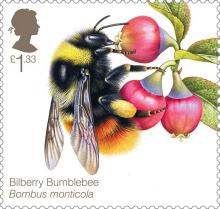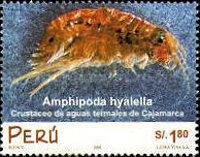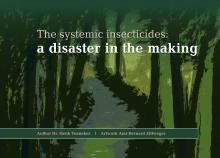Immer weniger Schwalben im Renchtal
- Lees meer over Immer weniger Schwalben im Renchtal
- Login om te reageren
Die Schwalbe sollte einst den Höfen Glück bringen, unter deren Dächern sie ihre Nester baute. Doch inzwischen werden die Vögel mit dem charakteristischen langen Schwanz immer seltener. Manfred Weber aus Stadelhofen kennt die Gründe und hat auch ein paar Tipps parat, was man für die bedrohte Vogelart tun kann. Bald ein Sommer ohne Schwalben? Es werden jedenfalls immer weniger. Vor etwa 20 Jahren habe es in der Industriestraße in Stadelhofen, wo Manfred Weber wohnt, eine Schwalbenkolonie mit rund 50 Nestern gegeben, jetzt seien davon noch zwei bis drei übrig geblieben. Die Schwalben sind standorttreu und kehren nach dem Winter im Süden immer wieder zum gleichen Ort zurück. Daher ist die geringe Zahl der Vögel ein deutliches Indiz dafür, dass es immer weniger Schwalben gibt. Manfred Weber, der sich im Naturschutzbund Nabu Offenburg für Artenschutz einsetzt, kann erklären, warum es immer weniger Schwalben gibt. »Ein Grund ist der Nahrungsmangel. Schwalben fressen Fluginsekten wie Schnaken und Fliegen. Leider gibt es immer weniger Insekten«, sagt er.










